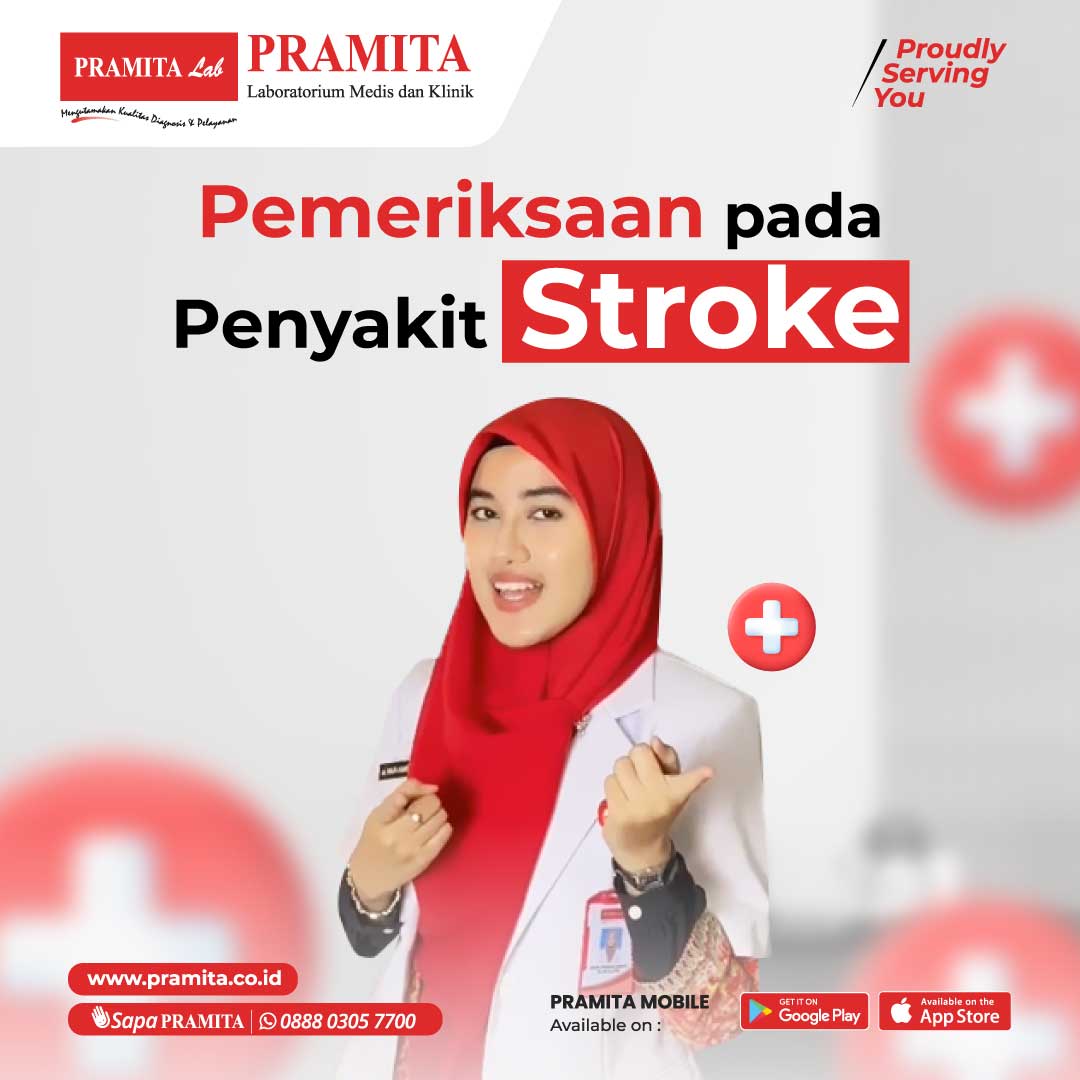Healthy Inspirations

Stroke Examination
Thu, 24 Oct 2024When experiencing stroke symptoms or signs of "Immediate Action to the Hospital," patients should promptly check their health condition by going to a doctor's practice or a hospital. There are several methods and tests that will be conducted to diagnose early stroke symptoms, including:
Physical Examination
This includes several simple tests such as blood pressure, heart rate, and early neurological disorder symptoms. Some neurological examinations that will be performed include:
- Alertness or consciousness.
- Ability to speak, language, and memory function.
- Vision and eye movements.
- Sensation and movement of arms and legs.
- Reflex actions.
- Walking ability and balance.
Blood Tests
These are performed to assess risk factors and other conditions that may underlie the occurrence of a stroke. Some common parameters examined include:
- Complete blood count.
- Coagulation tests: PT, aPTT, and INR.
- Blood glucose and HbA1c levels.
- Serum electrolytes.
- Lipid profile (Total cholesterol, HDL, LDL, and triglycerides).
- Liver and kidney function.
- Infection parameters: CRP and ESR.
- In certain cases: Protein C and S, Factor Xa, Cardiolipin Antibodies, and ANA Test.
Imaging/Scanning Tests
Although the physical symptoms of a stroke are generally clear, brain imaging is still necessary for a definitive diagnosis. Brain scans are also needed to determine the type, cause, and severity of the stroke experienced by the patient. Various methods can be used to scan the brain, but the two most common and readily available at hospitals are CT Scan and MRI (Magnetic Resonance Imaging):
-
CT Scan: This involves a series of X-ray images to produce clear and detailed images of the patient's brain. A CT scan can show bleeding in the brain, ischemic stroke, tumors, and various other health conditions. To obtain clearer images, contrast agents can be injected through the bloodstream just before the scan. CT scans are quick and quite conclusive in assessing stroke type, making them very effective in facilitating prompt treatment for patients.
-
MRI (Magnetic Resonance Imaging): This uses radio waves and strong magnets to create clear and detailed images of the patient's brain. This method can also detect brain tissue damage from ischemic stroke and brain bleeding. Typically, this method is performed as a follow-up examination for patients with various symptoms when the location of the damage is still unknown. MRI is generally more expensive and takes longer to perform.
In addition to brain scans, several imaging tests that can support the diagnosis of stroke include:
- Carotid Ultrasound: To check for blockages in the neck blood vessels supplying blood to the brain.
- Cerebral Angiogram.
- Echocardiography: To identify blood clots originating from the heart that may travel to the brain.
- Digital Subtraction Angiography (DSA).
Author: Dr. Amelia Pratiwi, Sp.PK (Chief Physician of the Clinical Laboratory PRAMITA, Jl. Sutisna Senjaya No. 39, Tasikmalaya)

